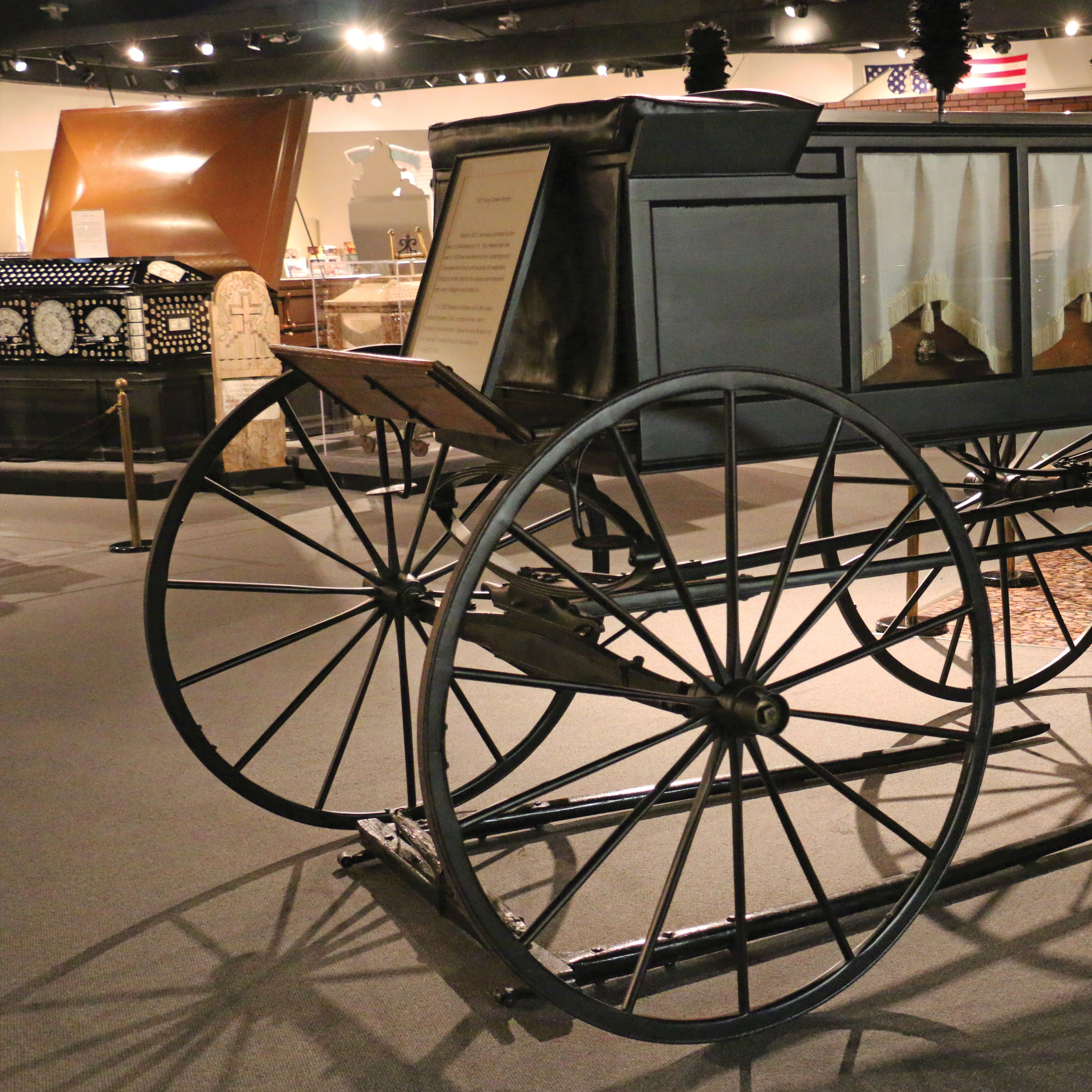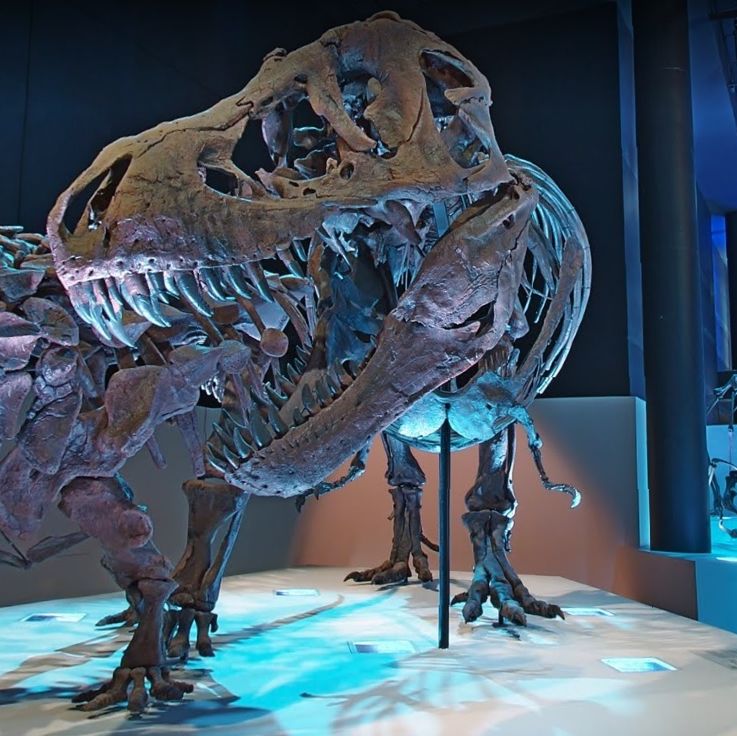Take a Peek at the Menil Collection's Treasure Trove of Art
A Montrose treasure, the once-private art collection of philanthropic power couple John and Dominique de Menil has been enthralling Houstonians since it opened to the public in the late ’80s. While works range from Byzantine religious icons to African ceremonial masks to works by European and American painters like René Magritte and Andy Warhol, the museum makes no attempt to “systematically collect all of history and visual arts.” Instead it focuses on the movements that spoke most deeply to its original collectors, says Senior Curator Michelle White: “It’s not a comprehensive collection, but a collection of great depth in particular areas.”
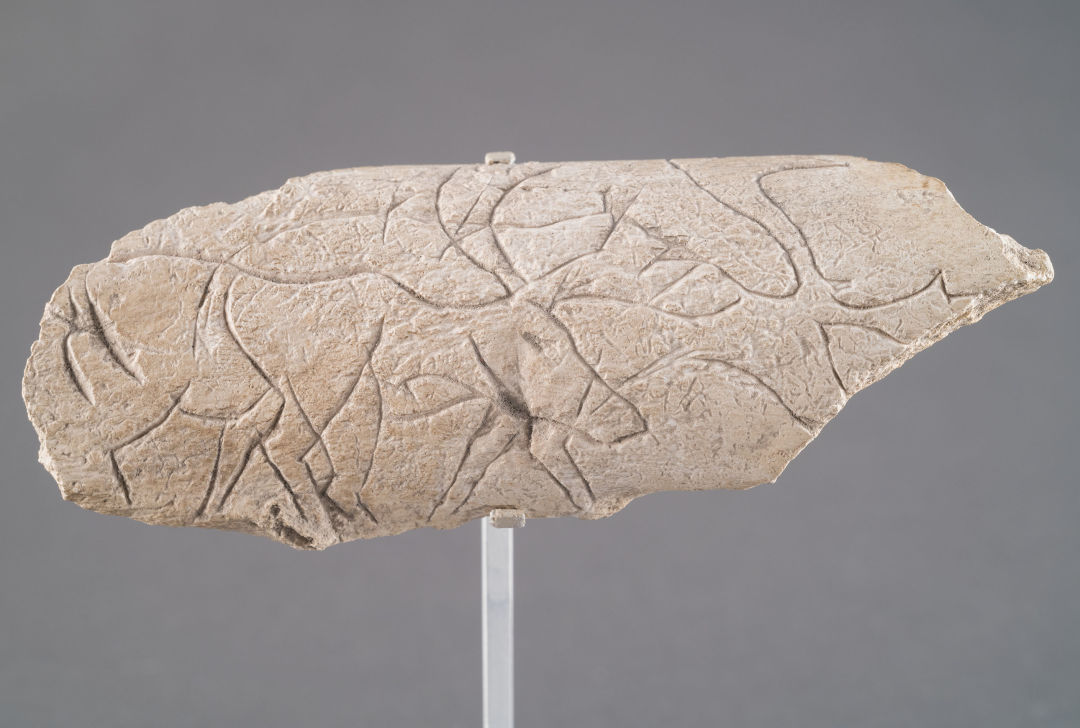
1. Oldest: Engraved bone fragment
Dating back to the Late Stone Age in Western Europe, somewhere between 15,000 and 9,000 BCE, this engraved bone fragment isn’t just any old example of ancient art; whoever crafted it millennia ago managed to depict reindeer in profile with a finesse for depth and layering. This little shard, one of three in the Menil’s extensive collection, was likely carved around the same time that our ancestors were painting the walls of the Lascaux Caves in southwestern France “at the advent of artistic expression, in a period where we’re still talking about really early homo sapiens,” says Paul Davis, curator of collections.
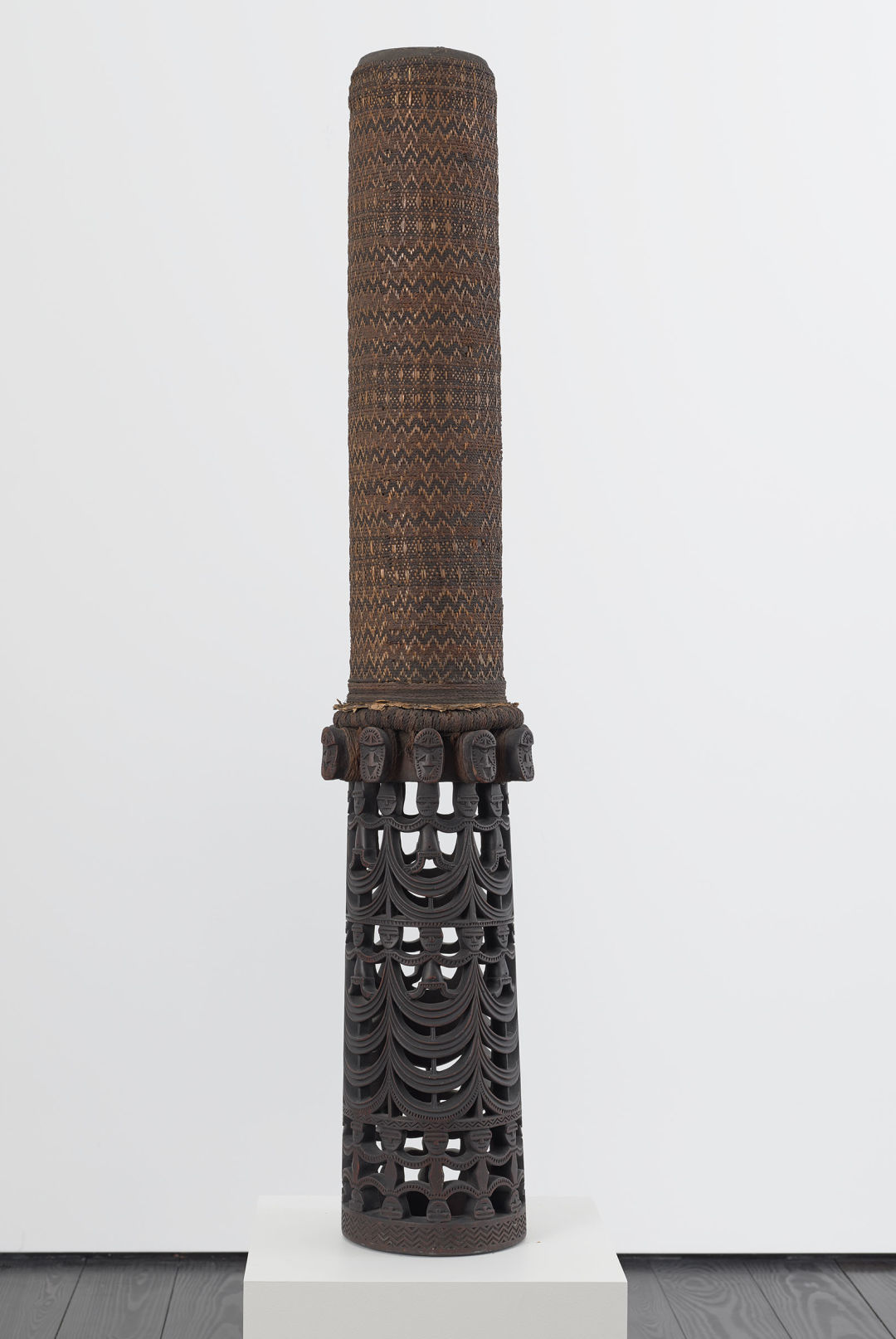
2. Rarest: Tubuai Islands column drum
One of less than 20 remaining examples of column drums from the Tubuai Islands in French Polynesia, the Menil’s instrument marries the artistic disciplines of carving and mat-making in an item that is as exquisite today as it was when it was first assembled in the early 19th century. “The head of the drum is the stretched skin of a shark,” says Davis. “Ours is one of the very few with an intact sharkskin head.” NYC’s Metropolitan Museum of Art also owns one of these drums, but theirs doesn’t include the intricate woven sleeve of pandanus and coconut fibers (which was used to tune the sharkskin head of the instrument) that the Menil’s still has, making the Bayou City–based item even more rare.
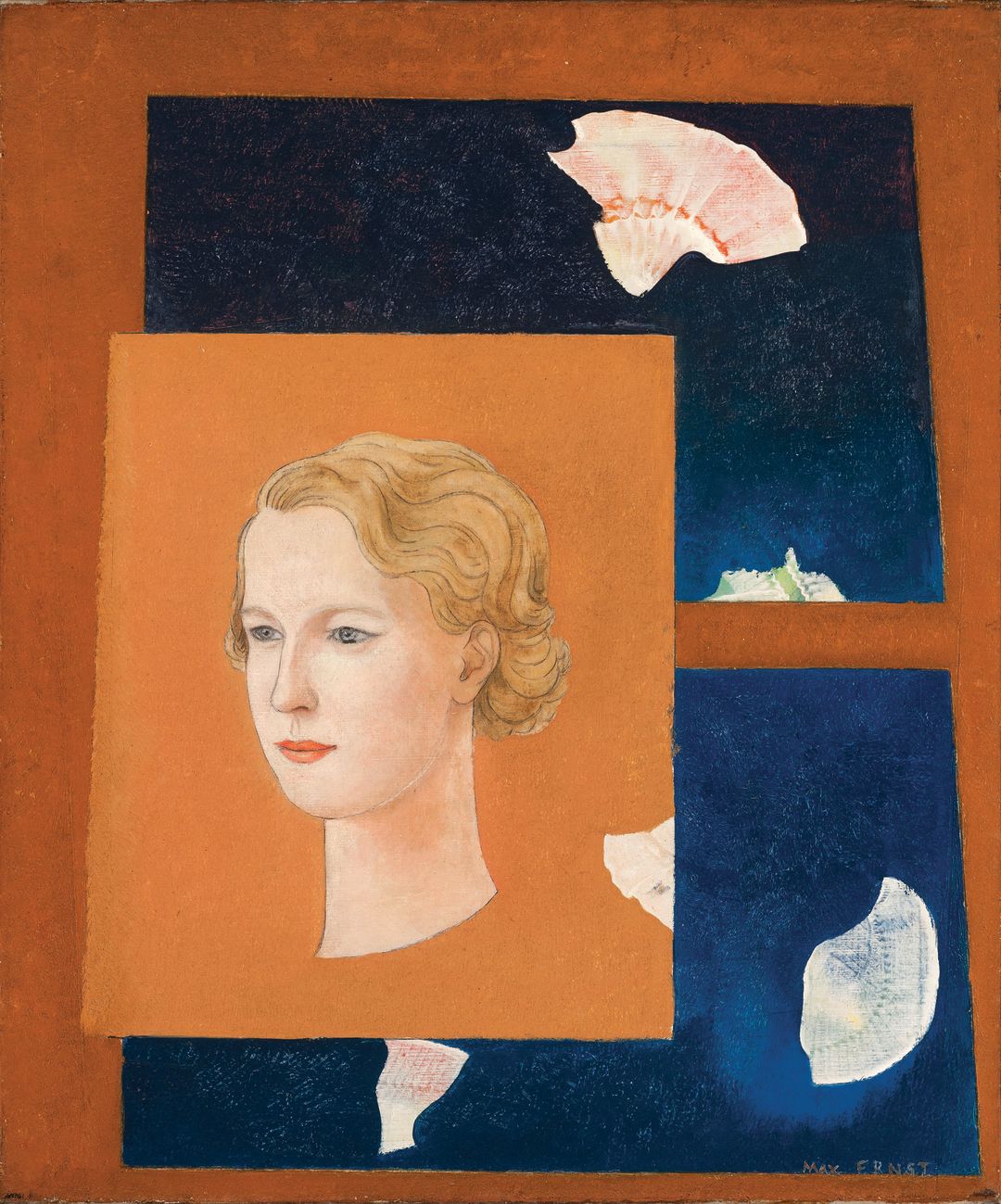
3. Best Story: Dominique de Menil portrait
While living in Paris during the early 1930s, almost a decade before they became the prolific art collectors, the de Menils commissioned a portrait of Dominique from then-little-known painter Max Ernst. They expected a traditional portrait, but Ernst, a surrealist pioneer, painted a floating head along with a few of his signature seashells. Dominique hated the piece, so much so that the Schlumberger heiress “forgot” to pick it up from the framers and kept it wrapped in butcher paper when she finally did retrieve it, says Davis. It wasn’t until after World War II that she came to cherish her portrait, eventually unwrapping it. The de Menils would go on to maintain a long friendship with Ernst, hosting his first U.S. solo exhibition.
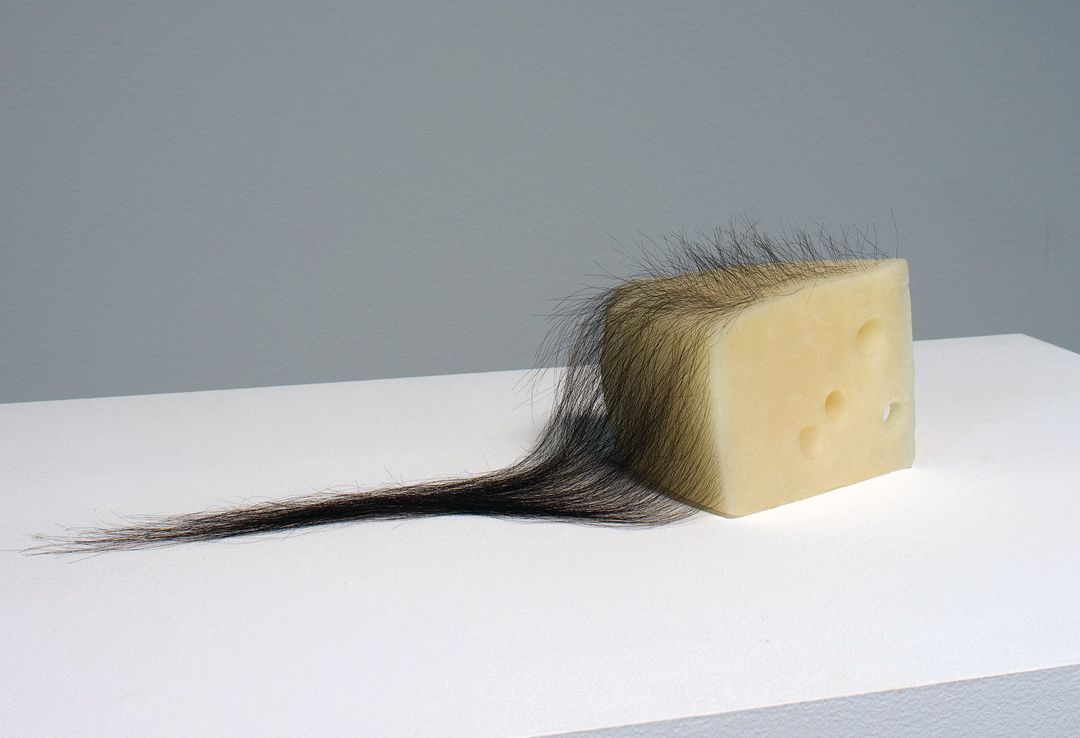
Image: The Menil Collection
4. Weirdest: Robert Gober’s Untitled 2005
Made of beeswax and human hair, Gober’s mullet-topped block of swiss cheese is as hyperrealistic as it is creepy. Its long mane of thinning locks lends the sculpture an anthropomorphic feel, says White, reminiscent of a small critter you’d cross the street to avoid. “‘It’s funny and horrifying, funny and grotesque,” she says. “And I think that’s precisely what the artist’s intention is.” Before you ask, we already did: the Menil doesn’t know whose hair Gober used in his sculpture.
The Menil Collection, 1533 Sul Ross St. 713-525-9400. menil.org
